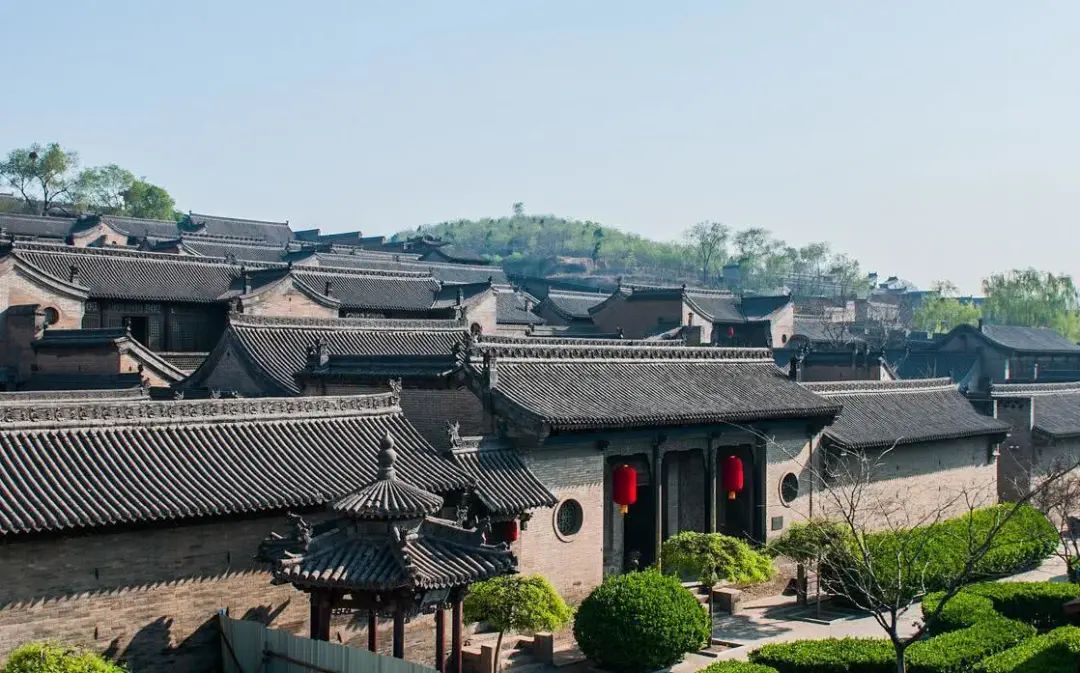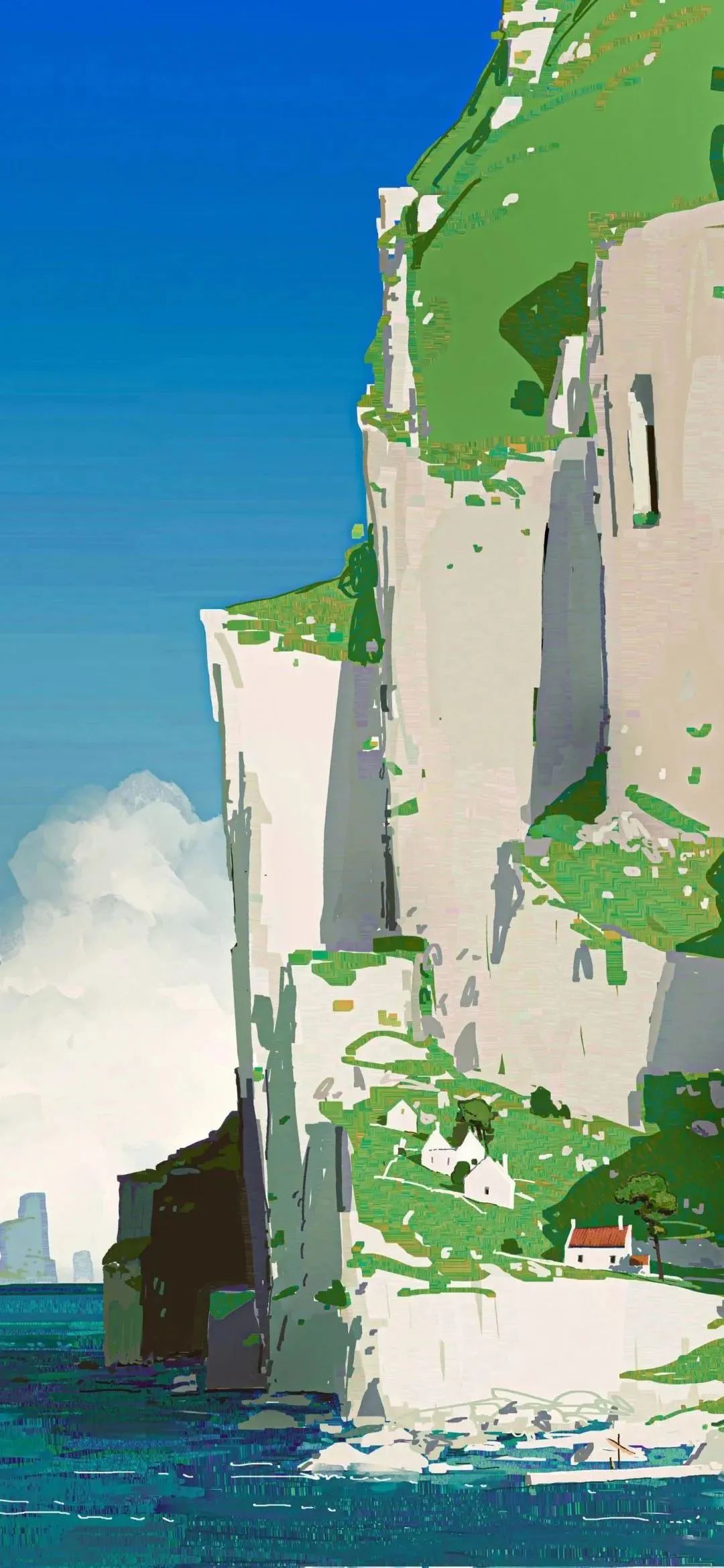Shanxi courtyard is a model of Chinese residential architecture, known as “Shanxi in the north, Anhui in the South”
. 
Southern Anhui folk houses are famous for their simplicity and freshness, while Jinzhong courtyard is famous for its profundity and richness
. 
In Shanxi Province, there are nearly 1300 dwellings in yuan, Ming and Qing Dynasties
. 
The most wonderful part is the Shanxi Merchants’ mansion in Jinzhong Area
. 
The architecture is majestic, exquisitely carved and unique, with both the north and South architectural culture
. 
The buildings here combine wood carving, brick carving and stone carving into one courtyard
.
Painting, calligraphy and poetry are integrated into one furnace
.
The figures, animals, flowers and trees are integrated into one
.
The posture is diverse and each has its own characteristics, which fully embodies the outstanding talents and artistic creativity of the ancient working people
.
It can be called a bright pearl in the northern residential architecture art garden
.
Speaking of Shanxi courtyard, you must have heard of the following famous ones
.
Qiao’s Courtyard — the folk custom museum Qiao’s courtyard is the first Shanxi Merchant’s courtyard to be restored and opened
.
It is also famous at home and abroad for Zhang Yimou’s red lantern hanging high
.
It is a synonym for Jin Merchant’s courtyard
.
Even many outsiders who have never been to Shanxi know: “the imperial family sees the Forbidden City, and the folk house sees Qiao’s
.
“Experts say: Qiao’s courtyard fully embodies the unique style of residential buildings in the Qing Dynasty
.
It is an unparalleled art treasure house and a pearl of residential buildings in northern China
.
Qiao’s courtyard is like a castle, facing the street on three sides and surrounded by brick walls three feet high
.
The courtyard is separated by an 80 meter long corridor
.
At the end of the corridor is Qiao’s ancestral hall
.
There are three courtyards in the north and south of the corridor
.
From the east to the west, the old courtyard, the northwest courtyard and the study courtyard are in turn
.
From the south, the southeast courtyard, the southwest courtyard and the new courtyard are in turn
.
After the Japanese invaders occupied Qixian County, the Qiao family took refuge, while the Qiao family’s courtyard, through its relationship with the church, put up the Italian flag to avoid the Japanese invasion
.
After liberation, Qiao’s compound was occupied by government, army and school
.
During the cultural revolution, some revolutionary cadres prepared to “demolish the academies and build schools”, and demolished several halls and wing rooms
.
Fortunately, they did not cause more damage
.
In 1986, Qiao’s courtyard was opened as a folk museum
.
In addition to Ming and Qing Dynasty furniture, Qiao’s courtyard also has a collection of Qiao’s treasures, such as rhinoceros moon mirror, Jiulong palace lantern, and wanrenqiu
.
In addition, there are four striking plaques, which are “Ren Zhou Yi Pu” written by Li Hongzhang himself, “Fu Zhong Lang Huan” given by Ding Baoquan, governor of Shanxi Province, by Empress Dowager Cixi, the “Shenbei Liuxing” given to Qiao Yingkui by 36 villages in Hedong, Changyuan County in the 16th year of the Republic of China, and the “Danfeng Pavilion” plaque written by Mr
.
Fu Shan
.
The TV series Chang Jin Yuan Piao Hao, which won the “five one project award” by the Jin Shang Cultural Museum, is adapted from the story of the Qu family
.
It reflects the management of the three Jin Yuan Piao Hao and the fierce conflict between Qu Yuan Zhen and Qu benqiao in their thoughts and ideas
.
Qu Yuanzhen is an outstanding business genius, but his character is eccentric, so his great grandson quchuan named this novel “golden devil”
.
Qu benqiao, who could not resolve the conflict with her father all her life, insisted on her own choice, took the road of imperial examination, entered the official career, and became a famous patriotic businessman and educator
.
The Qu family entered its heyday from the 17th generation of the Qu family
.
They built more than ten courtyards and more than one thousand houses in the eastern half of the ancient city of Qi County, covering an area of more than 30000 square meters, known as “qubancheng”
.
The open courtyard of the Qu family is only a part of the courtyard of the Qu family
.
It is the residence of Tianxi finance’s main Qu Yuanchao, covering an area of more than 5000 square meters and a construction area of more than 3000 square meters
.
Qujia courtyard is a rare five entrance hall in China, which is divided into 8 courtyards, 19 small courtyards and 240 houses
.
The courtyard has the largest stage and theater garden in Shanxi folk houses
.
Qujia courtyard was opened up as Shanxi Merchants Culture Museum, with seven series of 28 exhibition rooms to show us the development and decline history of Shanxi merchants
.
Shen family compound — a prominent family in Changzhi
.
If Shanxi people don’t know the Shen family, they don’t understand the profound history of Shanxi
.
Shen Lianbin, vice governor of Shanxi Province, Shen Jilan, deputy director of the Standing Committee of Changzhi Municipal People’s Congress, and Shen Weichen, Secretary of Taiyuan municipal Party Committee, are all from the prominent Shen family
.
Shen moved from Tiangong village to Nancun village in Lucheng County in the early Ming Dynasty, and moved to Zhongcun village in 1532
.
It has been the 21st generation since its ancestor Shen 13
.
Shen 13 had two sons, seven in the fourth, thirty in the seventh, and fifty in the eighth, forming a large family
.
The most prosperous period of the Shen family was between the seventh and eighth dynasties, and then began to decline at the end of Jiaqing (1814 A.D.), about 270 years from prosperity to decline
.
The family history of its prosperity and decline is quite similar to that of Lu merchants
.
Wang’s courtyard, the first residence in the three Jin Dynasty, is located on a terrace with a high slope in the north and an open view in the south, about eight or nine meters above the ground
.
The two open places, called Hongmen fort in the west, were built in the Qianlong period, and Gaojiaya fort in the East, built in the early Jiaqing period
.
There are 26 courtyards in Dongbao courtyard, with six roads in the East, the West and the East
.
There are three main courtyards in the middle, two in the west, Academy and garden, and one in the East, kitchen courtyard
.
There are 28 courtyards in Xibao courtyard
.
There is a main road running through three alleys, which is connected with Dongbao courtyard by a stone bridge
.
The East and the West face each other, and the momentum is impressive
.
If the restored ancestral hall of the Wang family is added, the total area of the Wang family courtyard now open to the outside world has reached 31956 square meters
.
Wang’s courtyard is not so much a group of residential buildings as an architectural art museum
.
Its construction technology, decoration skills and carving skills are extraordinary and unique
.
Inside and outside the courtyard, above and below the house, inside and outside the house, there are exquisitely carved architectural works everywhere
.
These artworks, from eaves, brackets, screen walls, kissing animals to stone foundations, shrines, stone drums, doors and windows, are lifelike in shape, peculiar in conception, exquisitely carved and unique in ingenuity
.
They not only have the grand momentum of northern architecture, but also have the elegant style of Southern architecture
.
The buildings here combine wood carving, brick carving and stone carving into one courtyard
.
Painting, calligraphy and poetry are integrated into one furnace
.
The figures, animals, flowers and trees are integrated into one
.
The posture is diverse and each has its own characteristics
.
It can be called a bright pearl in the residential architecture art garden in northern China
.
Wang’s courtyard is the largest well preserved building complex in Shanxi Province
.
It is called “the first residence in Shanxi”
.
It has been selected in the book “collection of Chinese national architecture · Han · northern dwellings”
.
This is only one case in Shanxi Province
.
Changjia manor — the former residence of China’s first Confucian businessman, Changjia manor is located in Chewang village, Dongyang Town, Yuci District, Jinzhong City
.
Chewang is composed of four small natural villages
.
Its layout is car spoke, so it is named
.
Chang Wei’s ancestors moved from Taigu to Chewang in the Ming Dynasty and made a living by herding sheep
.
Chang Wei, the eighth ancestor, went to Zhangjiakou with his girdle on his back and embarked on the road of business
.
The shepherd’s whip of the ancestors and the girdle of Chang Wei were later worshipped in the ancestral hall of the Chang family
.
Together with Chang Wanda’s famous saying “see what you have as if you don’t have it, and see what you are full of as if you are empty”, they were respected by the descendants of the Chang family for 200 years
.
Chang Wei’s sons, Chang Wan (Wang Ji) and Chang Wanda, became his father’s right-hand assistants after their success in learning
.
The two brothers successively established 20 business houses, such as “ten great virtues” and “ten great jade”, opened up an international trade channel “Tea Road” from Fujian Wuyishan to Russia, and became the leading “foreign trade family” of Shanxi merchants
.
During the heyday of the Chang family, there were more than 1000 employees and tens of thousands of camels, which accounted for 40% of the tea trade between China and Russia
.
During the reign of Emperor Qianlong, the Chang family was the richest businessman in China
.
Since the reign of Emperor Kangxi in the Qing Dynasty, the Chang family has invested a lot of money in building houses
.
The Chang family is divided into “Nan Chang” and “Bei Chang”
.
The “Nan Chang” Wan (Wang Ji) “sets up the” Shi Rong Tang “, and the courtyard takes the North-South” front street “as the main axis; the” Bei Chang “Wanda” sets up the “Shi He Tang”, and the courtyard takes the East-West “back street” as the main axis.
.



